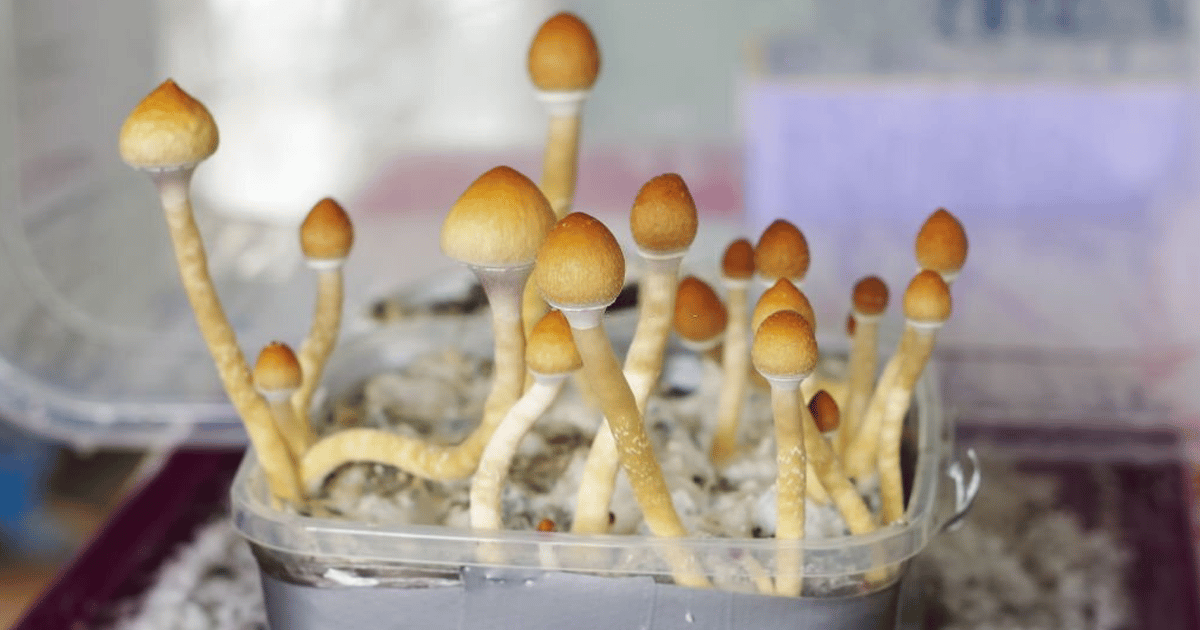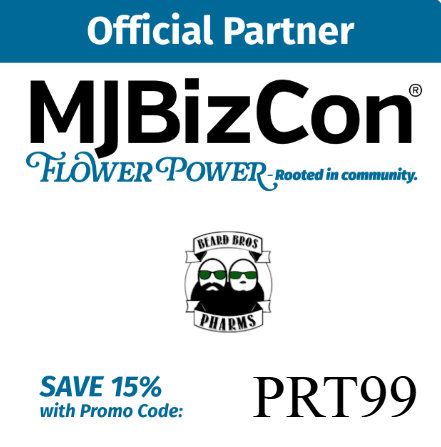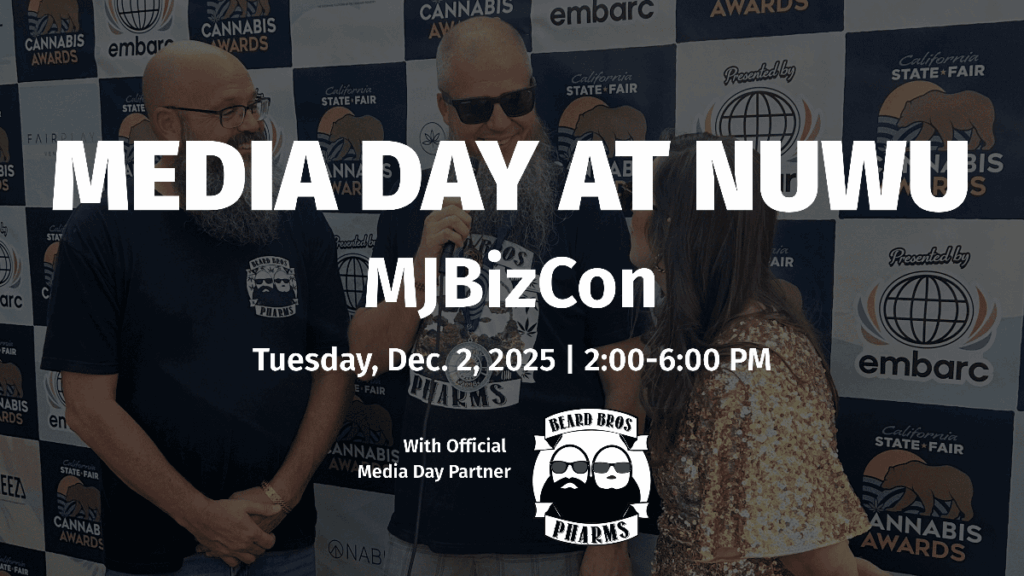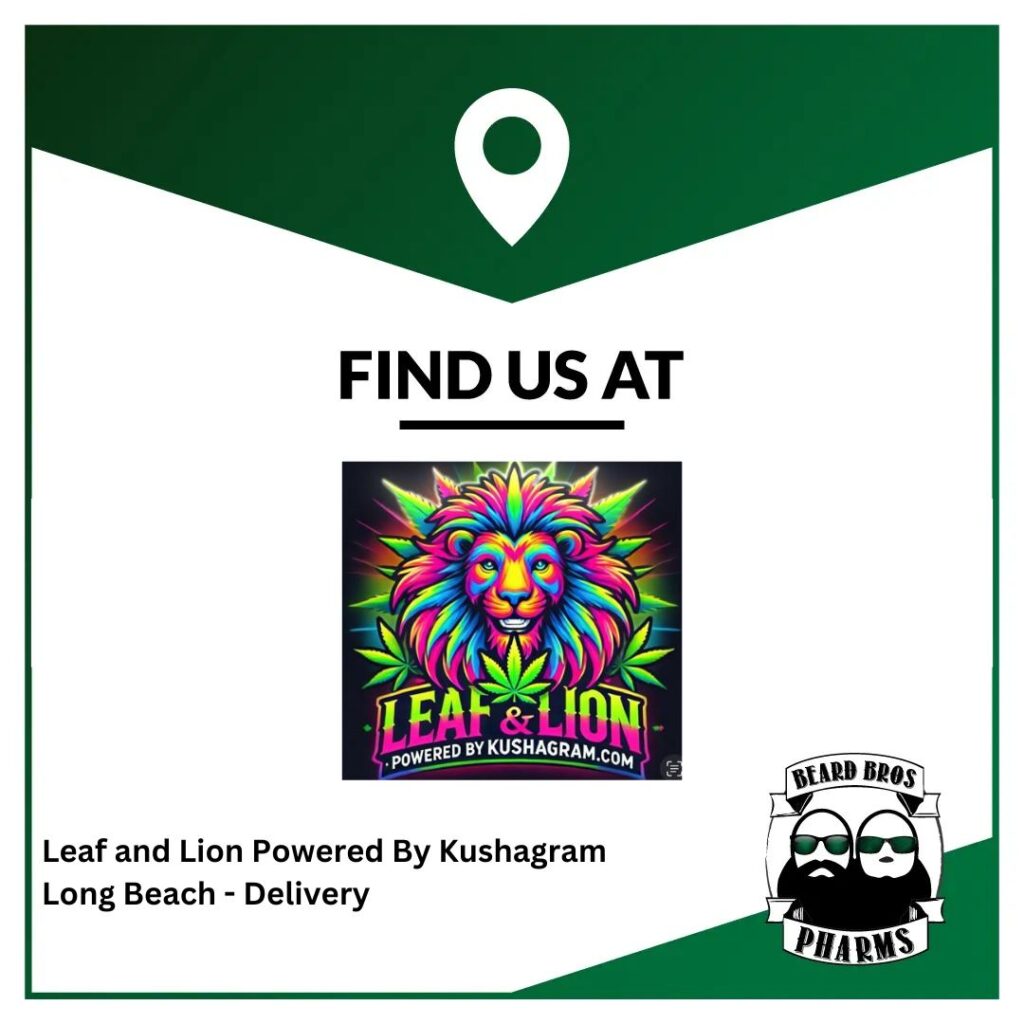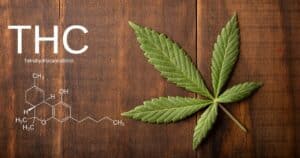Psilocybin is a naturally occurring psychedelic compound found in over 200 species of fungi. Even though it exists as an active ingredient in what is commonly known as “magic mushrooms,” most psilocybin today used in clinical trials is synthesized without resorting to the use of biological matter.
As psychedelic-assisted therapy begins to gain widespread popularity, potential investors must understand whether the current supply is enough to meet the growing demand. There are also other questions to be considered:
- How is this naturally-occurring compound currently produced?
- Can synthetic sources ever hope to outdo their organic counterparts?
- What is the most cost-effective method of production?
Currently, there are few different ways to produce psilocybin; in the coming years, we will likely see one method outrank the rest in order to meet demand. Read more below about the pros and cons of the methods currently in active use.
Psilocybin VS Full-Spectrum Or Whole Fungi
Since the dawn of time, ingesting specific mushrooms has been the way for human beings to access the effects of psilocybin. These days, the fungi are still used in private, informal contexts and away from the prying eyes of scientists. However, the compound’s effects are at last being openly studied through clinical trials.
Critics of chemically-isolated psilocybin are convinced that a lab cannot produce the same therapeutic properties inherent in the original mushroom. This notion has a glimmer of truth to it since it is known that naturally occurring psilocybin is combined in nature with a cocktail of other active ingredients.
The very consumption of Psilocybe mushrooms is enhanced by the presence of ingredients like aeruginascens and monoamine oxidase inhibitors. These active ingredients may very well contribute to the overall experience and are not formed in the process of chemical synthesis.
Similar to the cannabis flower, where THC and CBD are naturally occurring in the plant, psilocybin exists naturally in certain species of mushrooms. Researchers at a lab at UMass Dartmouth have already confirmed what the critics hinted at all along: they found that the consumption of the whole mushrooms affects serotonin 2A receptors differently than in the chemically-synthesized psilocybin.

Psilocybin VS Chemical Synthesis
The total chemical synthesis of psilocybin is the method most commonly used by scientists in the medical profession. Branded by Sandoz as Indocybin in the late 1950s, it was sold for therapeutic clinical research before becoming scheduled by the United Nations in the 1971 Convention on Psychotropic Substances.
Albert Hoffman is the Swiss chemist who became the first to discover LSD and is also attributed with the first chemical synthesis of psilocybin.
Hoffman’s original process is the most widely used for clinical trials across the globe.
Andrew Chadeayne, founder and CEO of CaaMTech, an early-stage psychedelics research company, is quoted as saying, “I think that chemical synthesis is a very efficient way to make these molecules because they’re structurally very simple molecules to make. They’re not like cannabinoids or antibiotics that have a lot of complications in the molecular structure.”
However, while the compound is easy and cheap enough to produce, regulatory factors are currently making it very difficult to bring the product to the global market.
Psilocybin VS Naturally-Sourced And Biosynthesized
Originally produced by mushrooms, psilocybin can be isolated to resemble its lab-synthesized counterpart. With the active components in mushrooms being found at a concentration of about 1%, it does not make much sense to use mushrooms as a source for mass production.
Still, even with this significant drawback, there are still those who believe that sourcing the real thing may still be more cost-effective than the laboratory-bred alternative.
Then there’s the biosynthesized method. Yeast, the same compound that causes your freshly baked bread to rise, can be used to create psilocybin. A group of Danish scientists discovered this unique method and published a paper on it earlier this year.
While this method may be more efficient than producing it the natural way, via magic mushrooms, it’s still not as efficient as chemical synthesis.
Based on the rapid growth of research into psilocybin and its use in clinical settings, we can expect that chemical synthesis will likely be the method of choice when it comes to meeting demand. Purists will likely stick to their own all-natural stash for private use.
Enjoyed that first hit? Come chill with us every week at the Friday Sesh for a freshly packed bowl of the week’s best cannabis news!



